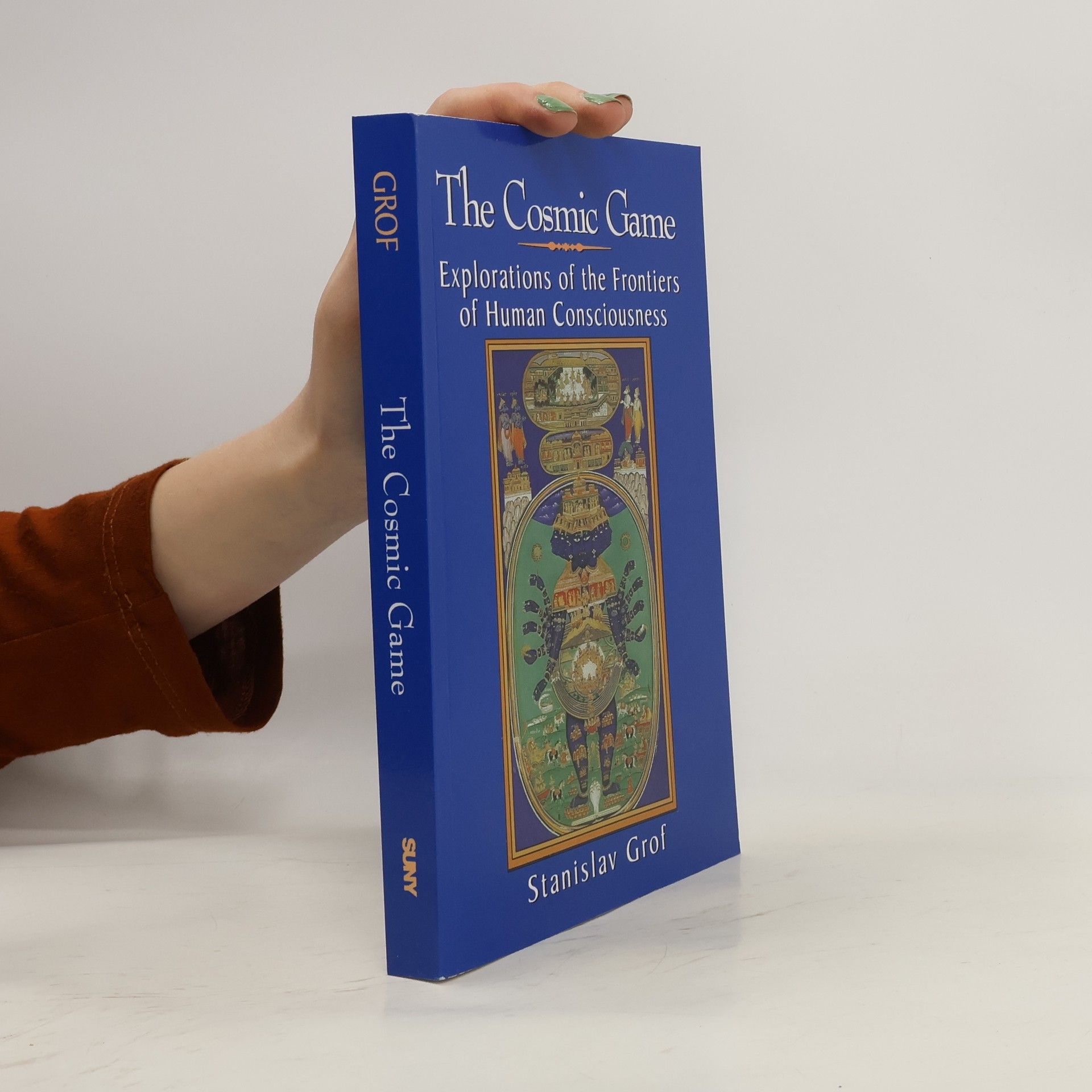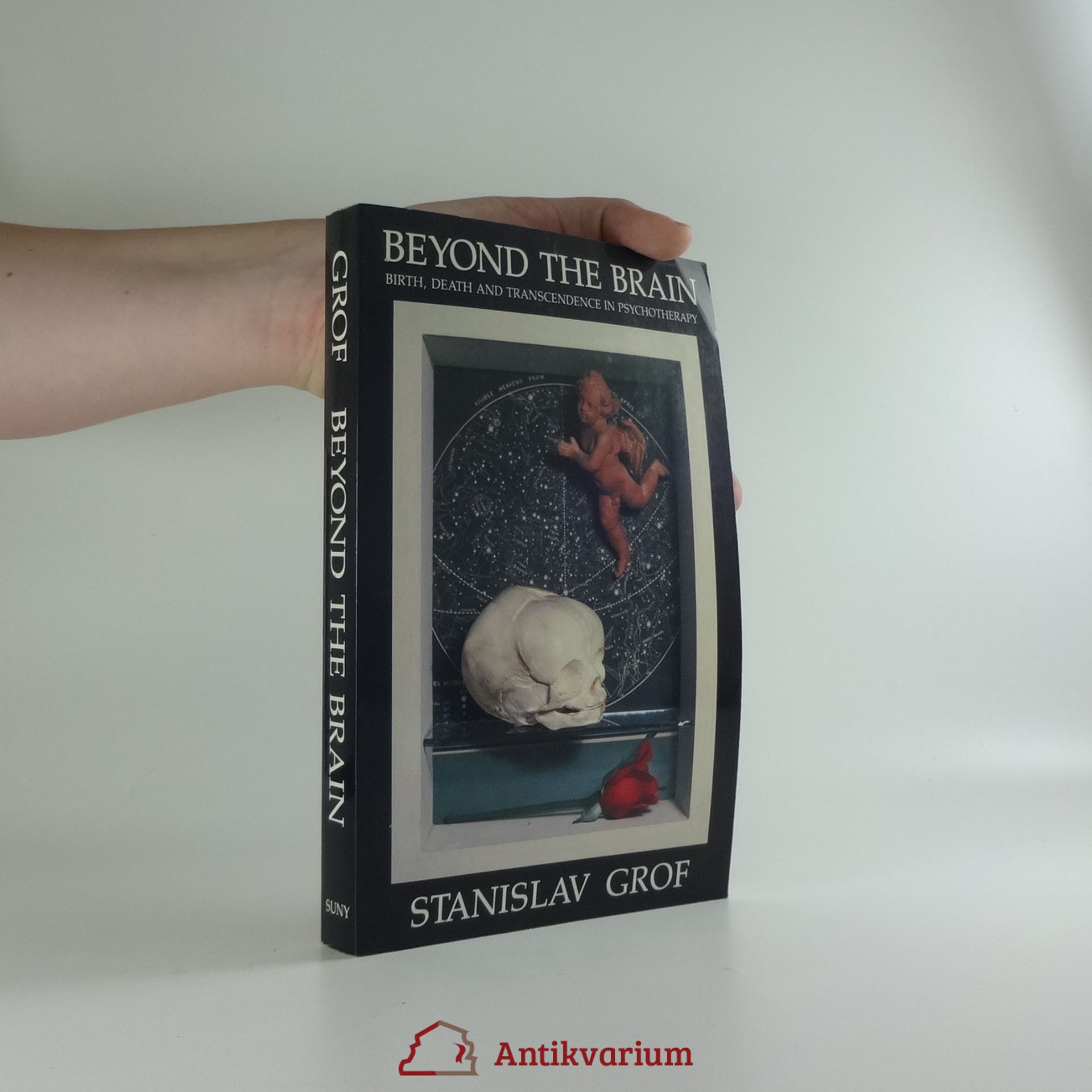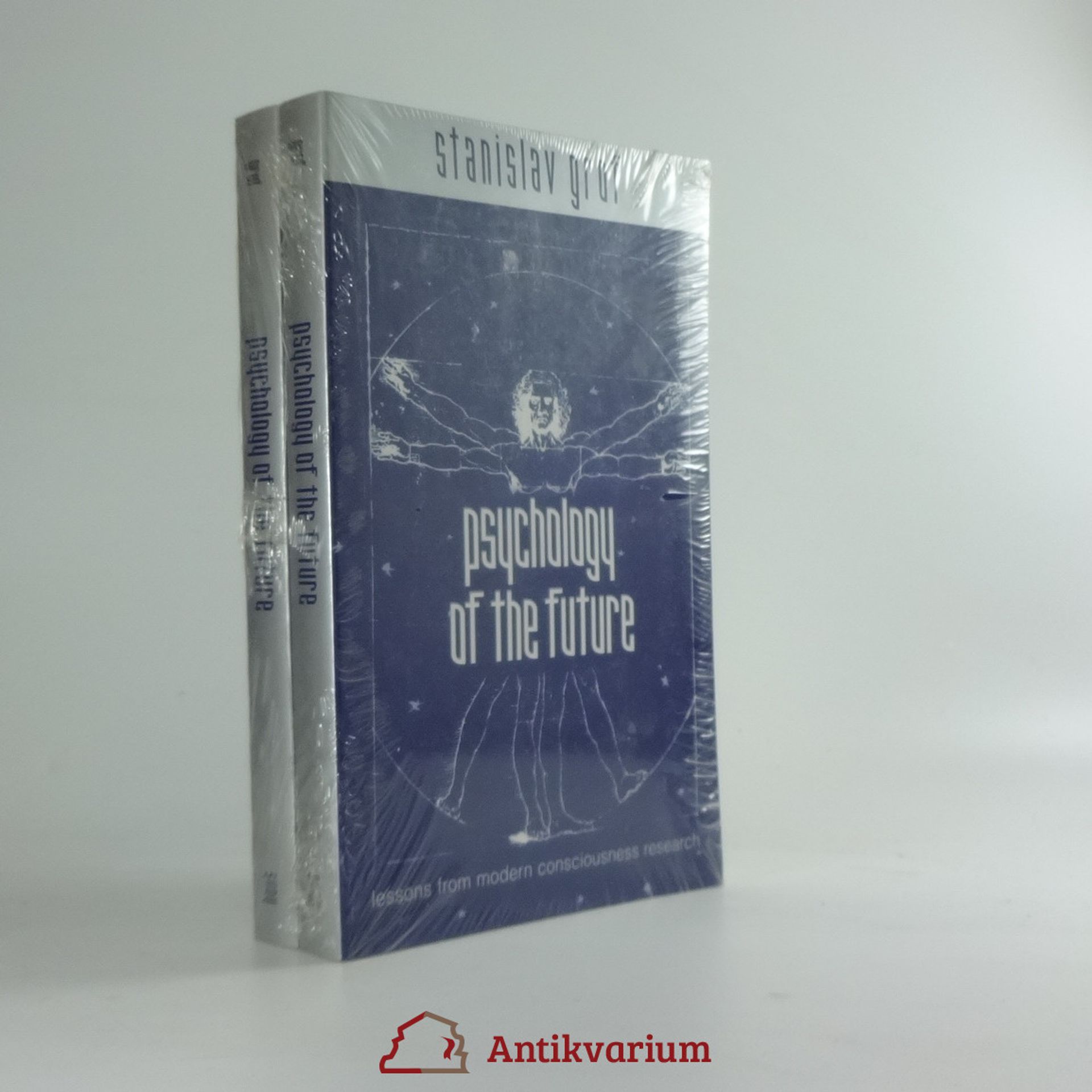The Way of the Psychonaut Vol. 2
- 356pages
- 13 heures de lecture
This comprehensive work is a tour de force through the worlds of psychology, psychotherapy, Holotropic Breathwork, maps of the psyche, birth, sex, and death, transpersonal experiences, psychospiritual death and rebirth, reincarnation, karma, mystical states, archetypes, spiritual emergency, art, artists, and higher creativity. Grof reviews the history of depth psychotherapy, the important revisions that are needed to make it more effective, and why the inner quest is such an essential activity.









